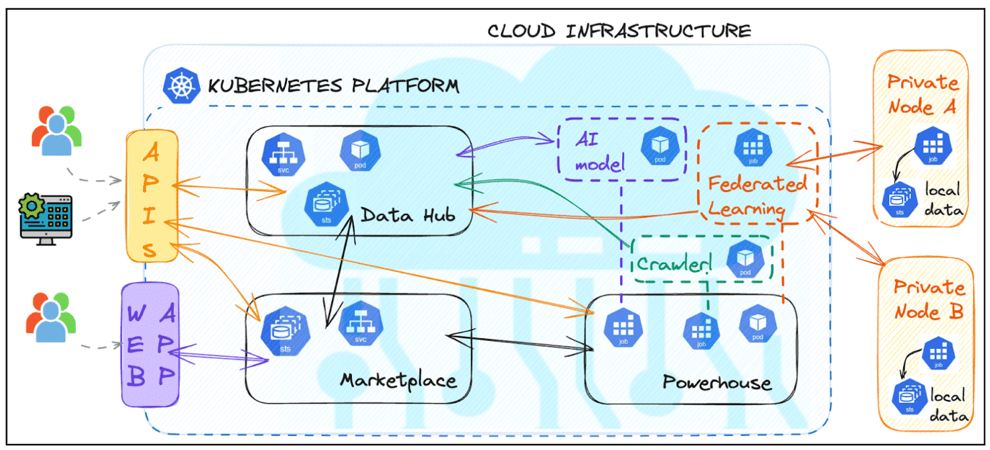In 2025, Europe is taking decisive steps to make our food safer than ever before. Through a series of robust inspections and updated regulations, the European Union is working hard to protect consumers, improve animal welfare, and promote sustainable farming. These changes are shaking up the entire food supply chain.
A Rigorous Year of Food Safety Audits
One of the most significant moves this year is the European Commission’s ambitious plan to conduct 259 food safety audits across EU member states, neighboring countries, and key exporters. These inspections zero in on the riskiest sectors like meat production, fishery products, hygiene practices, and control of histamines, all common sources of foodborne illness.
What stands out in 2025 is the emphasis on the “One Health” approach—a strategy that links human health with animal and environmental wellbeing. Audits this year are not just about checking food safety in factories; they’re also scrutinizing medicated animal feed, efforts to combat antibiotic resistance, and pesticide use that minimizes harm to ecosystems.
Putting Animals First
Animal welfare has gained deserved attention, with inspectors closely monitoring how animals are transported and slaughtered. These tighter controls aim to reduce suffering and promote ethical treatment throughout the food production process, reflecting growing consumer demand for humane food sourcing.
Setting High Standards for Imported Food
The EU isn’t just policing inside its borders. Countries exporting to the union or aiming for EU membership now face growing pressure to align with strict European food safety standards. Compliance inspections extend to border control posts and food testing labs abroad, ensuring imported products meet the same safety and quality rules as those produced within Europe.
Cleaner Labels, Safer Ingredients
Alongside these audits, the EU is rolling out updated regulations on food additives. The focus is clear: reduce artificial colors, preservatives, and sweeteners in favor of more natural alternatives. These changes respond both to new scientific evidence and to consumer calls for transparency and “cleaner” foods without compromising safety.
Why It Matters
For businesses, these changes mean a heightened need to maintain rigorous safety controls or face penalties and restricted market access. For consumers, the expanded auditing and stricter regulations translate into increased confidence that the food they buy is subject to some of the toughest safety checks in the world.
In a world of complex supply chains and emerging health risks, the EU’s 2025 food safety overhaul represents a determined effort to stay ahead of potential dangers and protect public health.
Looking Forward
As 2025 progresses, the combination of detailed audits, updated rules, and a holistic approach to health and environment signals a new era of food safety oversight. It’s a promise to consumers that their wellbeing remains the top priority—from farm to fork.




